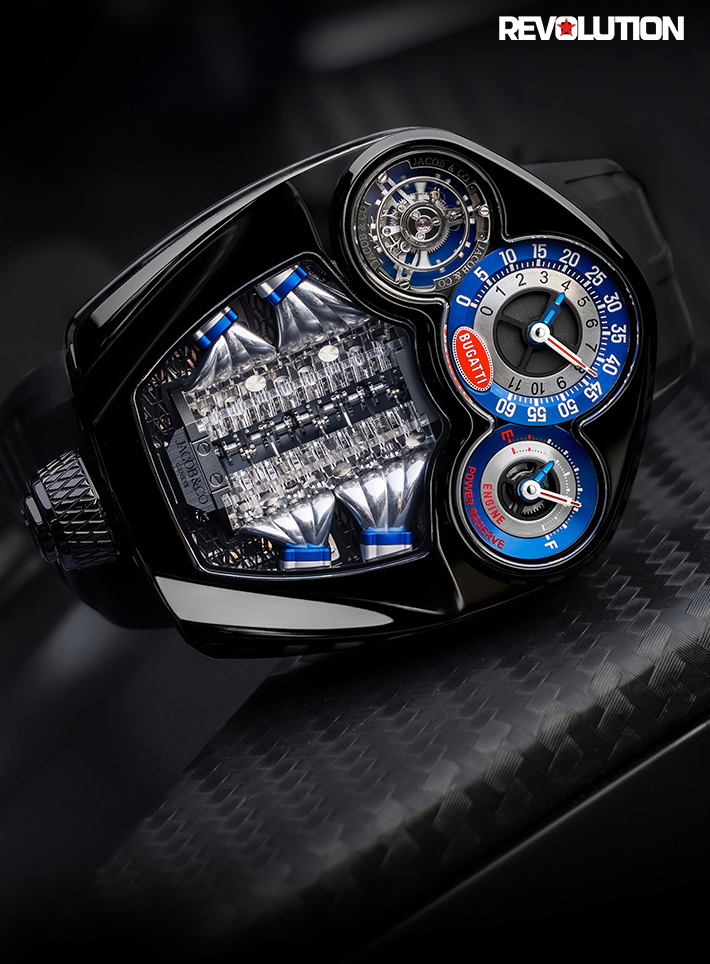Q&AThe Product Is Ultimately Any Brand’s Hero, Says Manuel Emch—For Louis Erard
Presently working with a number of watch brands, Manuel Emch spoke to us as a delegate board member at Louis Erard, about value propositions and the product being any brand’s ultimate hero
May We Recommend
Could you talk about Louis Erard and your offbeat role in it?
I was asked to assess the company three years ago. I found that the brand was in a price point that I hadn’t worked with before, having worked with the likes of Jaquet Droz and RJ. I’ve always considered this price segment—affordable luxury—is building collectors of the future. Also, Louis Erard has always stood for accessible Swiss-made watches. That’s why the brand had already been discovered.

Then, of course, a lot of the major groups began to see the potential in this segment and they tapped it. The resultant products from more ‘popular’ brands took away from an independent Louis Erard. The brand became a bit too generic. My idea was to go back to its roots, and the value proposition of offering clients something they’d normally only get from much higher-end brands—names, crafts, the idea of second-hand value, and so on.
So all the recent collaborations, such as Alain Silberstein, are about creating that kind of value for your customers?
Yes, because today, brand equity is built on different levels. And when you’re a small independent, you don’t have large marketing budgets. Products have to market the brand—they have to be provocative in a positive sense, to encourage confidence in them as an investment. Our brand is the only one in this segment that offers second-market value. We limit our production on purpose. It keeps the interest in existing pieces much higher.

How do you decide on whom to partner with for these collaborations?
I’ve been in this industry for 25 years now. I know pretty much all the players. I started with my friends and connections. Our first one was with Alain Silberstein, because I have a lot of respect for him, and also because he was high up in my contact list (‘A’ for Alain). In the beginning, it was just like that, a lot about trust and personal relationships, and it evolved from that.
How do you manage to work with multiple brands, retaining each one’s identity, while also lending your creative touch?
I think it just comes to me naturally. Building brands is a lot about building identity. It’s about listening to brands and transforming the information into products. I apply my idea of watchmaking to all the brands that I work with. Sometimes that can lead to a number of watches looking alike, but my approach is different.
I challenge myself and look for what resonates with me about the brand—the philosophy, the journey, where is it going and what inspires me. And for me, the watch is the hero.



















